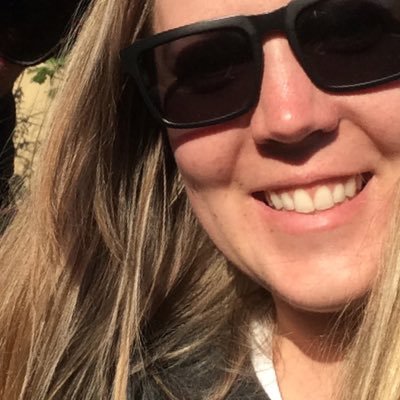


They had no knowledge of writing or metal tools-no maps or compasses-and yet they succeeded in colonizing the largest ocean on the planet, occupying every habitable rock between New Guinea and the Galápagos, and establishing what was, until the modern era, the largest single culture area in the world. Almost every one of the roughly twenty-five thousand islands in the Pacific (depending on what you count) would be invisible if shown to scale: they are less than dots in the immensity of blue.Īmid this immensity, Christina Thompson writes in her new book, Sea People, is Polynesia-islands scattered across an area of ten million square miles between Hawaii, New Zealand, and Easter Island-the settlement of which presents “one of the great geographical mysteries of mankind”:Īll the islands inside this triangle were originally settled by a clearly identifiable group of voyagers: a people with a single language and set of customs, a particular body of myths, a distinctive arsenal of tools and skills, and a “portmanteau biota” of plants and animals that they carried with them wherever they went. And just as contour globes, which allow you to feel the bumps of the mountains and the ridges of the ranges, have to wildly exaggerate the vertical scale-a truly scale model of Earth would feel smooth as a marble-Pacific maps need tricks too.

It is by far the most dominating feature of our planet, big enough to hold all the land mass in the world with an extra North and South America thrown in for good measure. On a globe, from a certain angle, the Pacific covers everything in sight except for a slim curl of the Bering Strait and Canada and a sliver of Australia on the bottom left, and it extends still farther past either horizon. This mysterious, divine Pacific zones the world’s whole bulk about makes all coasts one bay to it seems the tide-beating heart of earth.” Courtesy Gow Langsford Gallery, Auckland, New ZealandĪ globe gives a truer picture, especially if it doesn’t put the manufacturer’s name, compass rose, and key to symbols where the map is most “empty,” in what Melville calls, in Chapter 111 of Moby Dick, “the midmost waters of the world .


 0 kommentar(er)
0 kommentar(er)
